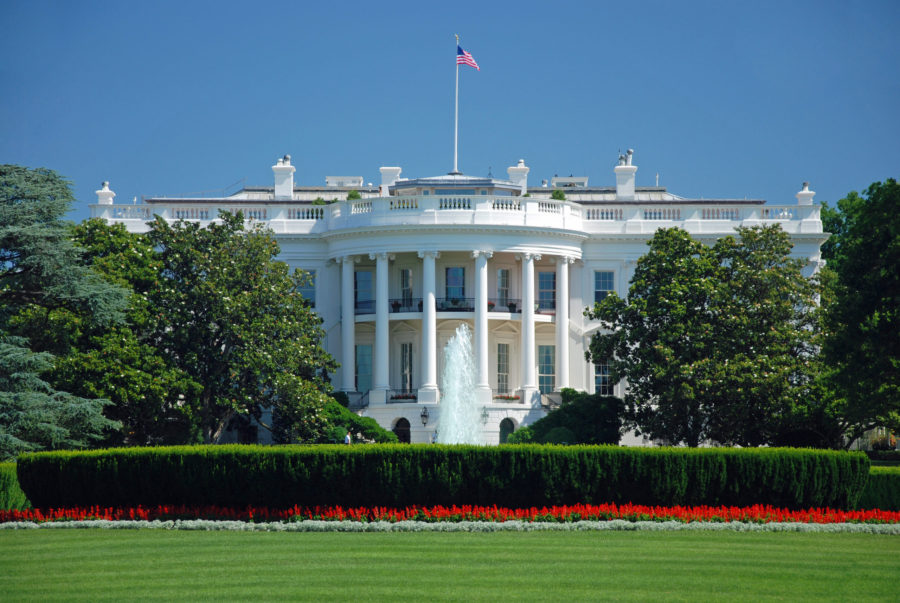Mosaic surprise, Canpotex China deal brighten 2013 potash prospects

Better than expected results from Mosaic Co. (NYSE:MOS) out on Friday and Monday’s deal with the Chinese by Canpotex may set the tone for the fertilizer market this year.
Mosaic’s Q2 to end-November potash sales of 1.5m tonnes was below last year’s 1.8m tonnes but better than forecast thanks to strong demand in North and South America.
The Minnesota company’s results were offset only by the drawn out contract talks in India, China.
Although at a lower price, the agreement by Canpotex – the offshore marketing arm for Mosaic and the two other North American giants Agrium (NYSE:AGU), Potash Corp. of Saskatchewan (TSX:POT) – should set the ball rolling for international negotiations and draw others into the market.
Canpotex announced on Monday its new contract with Sinofert was $70 less than its previous Chinese deal in March 2012, which was signed around the $475 level.
“You’ll see the market shifting again,” Andrew Benson at Citigroup in London told the Financial Times, adding “$400 is still a good price in historical terms, but they have been much higher.”
Negotiations with India – with some 50 million small scale farmers the number one importer of potash – could be concluded in the first quarter.
Chinese and Indian consumption drove the potash price from $100/tonne in 2004 to above $900/tonne in the run up to the 2008 recession when the boom went bust and prices rapidly fell back to $350/tonne.
After trading in the $500–$540 a tonne range for most 2011, the price of the soil nutrient steadily declined last year to average around $460–$470 a tonne.
Mid-year Potashcorp and others began to idle mines to curb supply that had run ahead of slackening demand, particularly from India, which stopped the price from falling further in 2011.
The big three North American producers, together with Russia’s Uralkali’s (LSE:URKA) and Belarus’s Belaruskali which also jointly distribute, produce some 70% of the world’s potash – a key ingredient in fertilizers.
Global demand is between 50–60 million tonnes per year.
Further into the future the grip of the big global producers won’t be loosened any time soon.
Vale has put off its giant project in Canada, and other properties like Allana Potash (TSX:AAA) in Ethiopia and Verde Potash (TSX:NPK) in Brazil are a long way away from coming on stream.
The one project that may still get off the ground and has the potential to radically alter the potash landscape is BHP Billiton’s (ASX, NYSE: BHP) Jansen mine in Saskatchewan.
The company has already spent more than $1.2 billion to bring the project to the feasibility stage and has undertaken some construction.
Jansen has the potential to become the world’s biggest potash mine with annual production at 8 million tonnes and could cost as much as $12 billion to construct.
What makes Jansen attractive is that start-up could happen as early as 2015. BHP has made it clear it has no plans to join Canpotex and will sign negotiate pricing on its own.
RELATED:
Interactive Infographic: Potash Potentates >>
Image of Chinese farmers in rice field on May 2011 in Dali, China by Hung Chung Chih / Shutterstock.com
{{ commodity.name }}
{{ post.title }}
{{ post.date }}




Comments